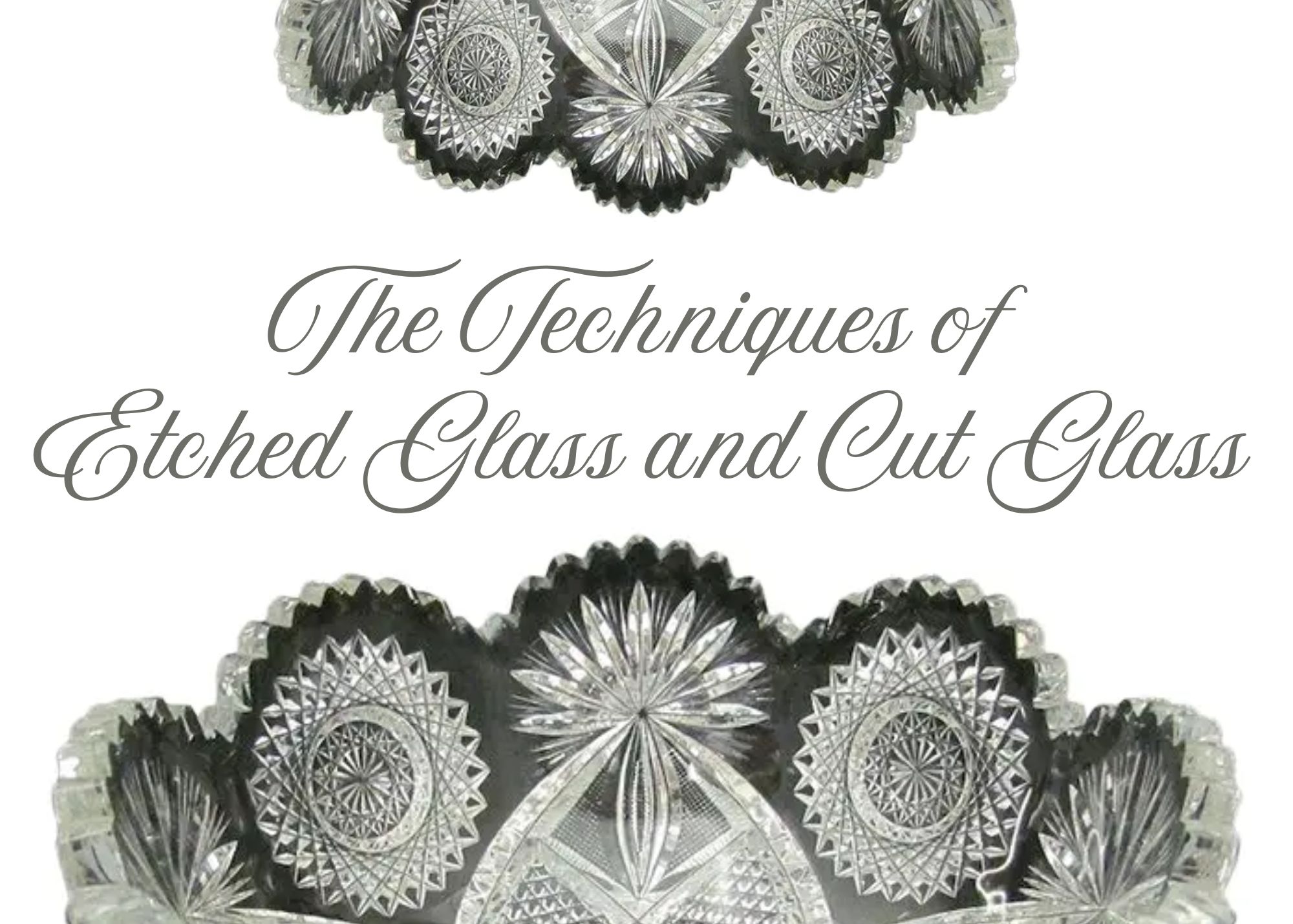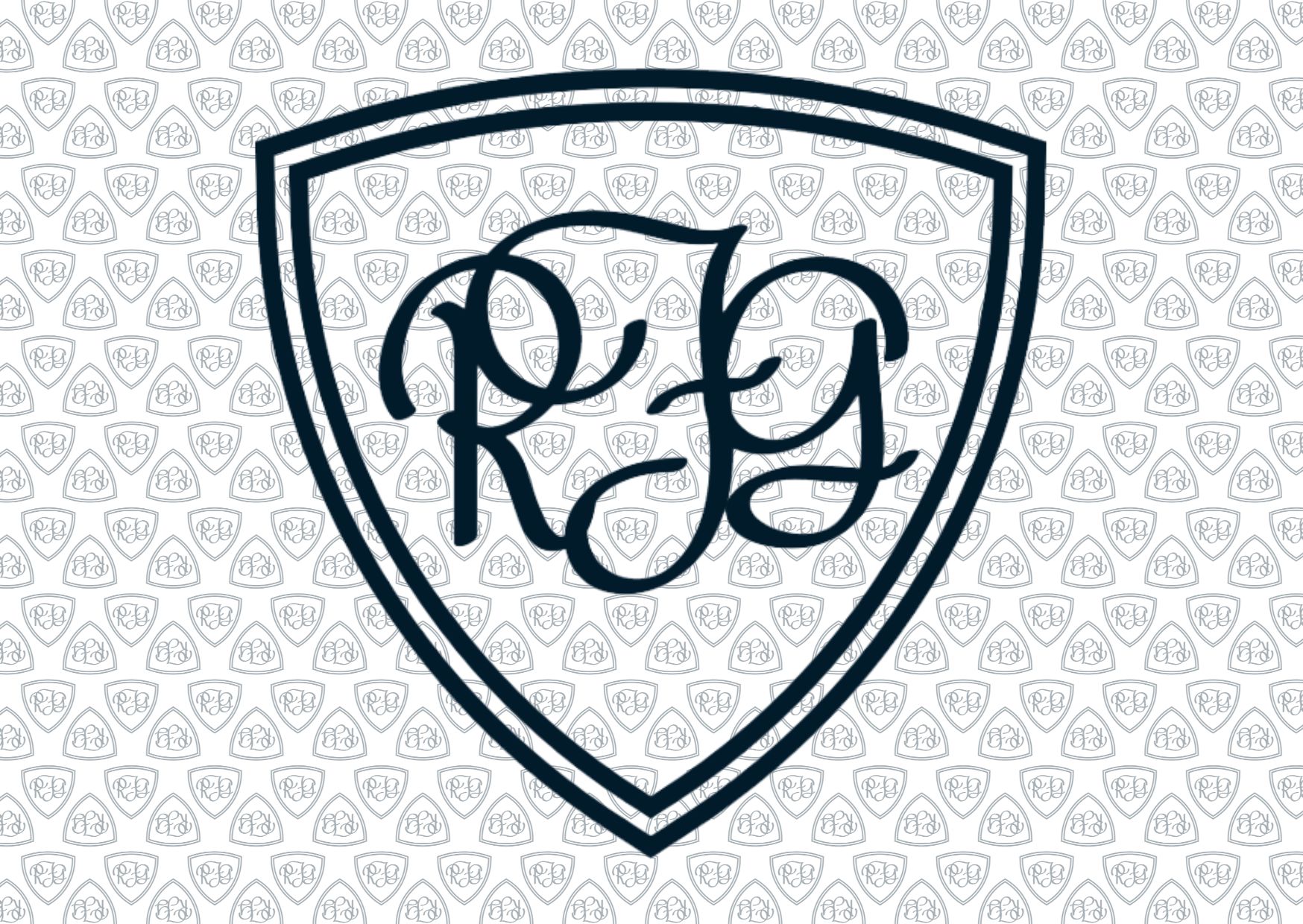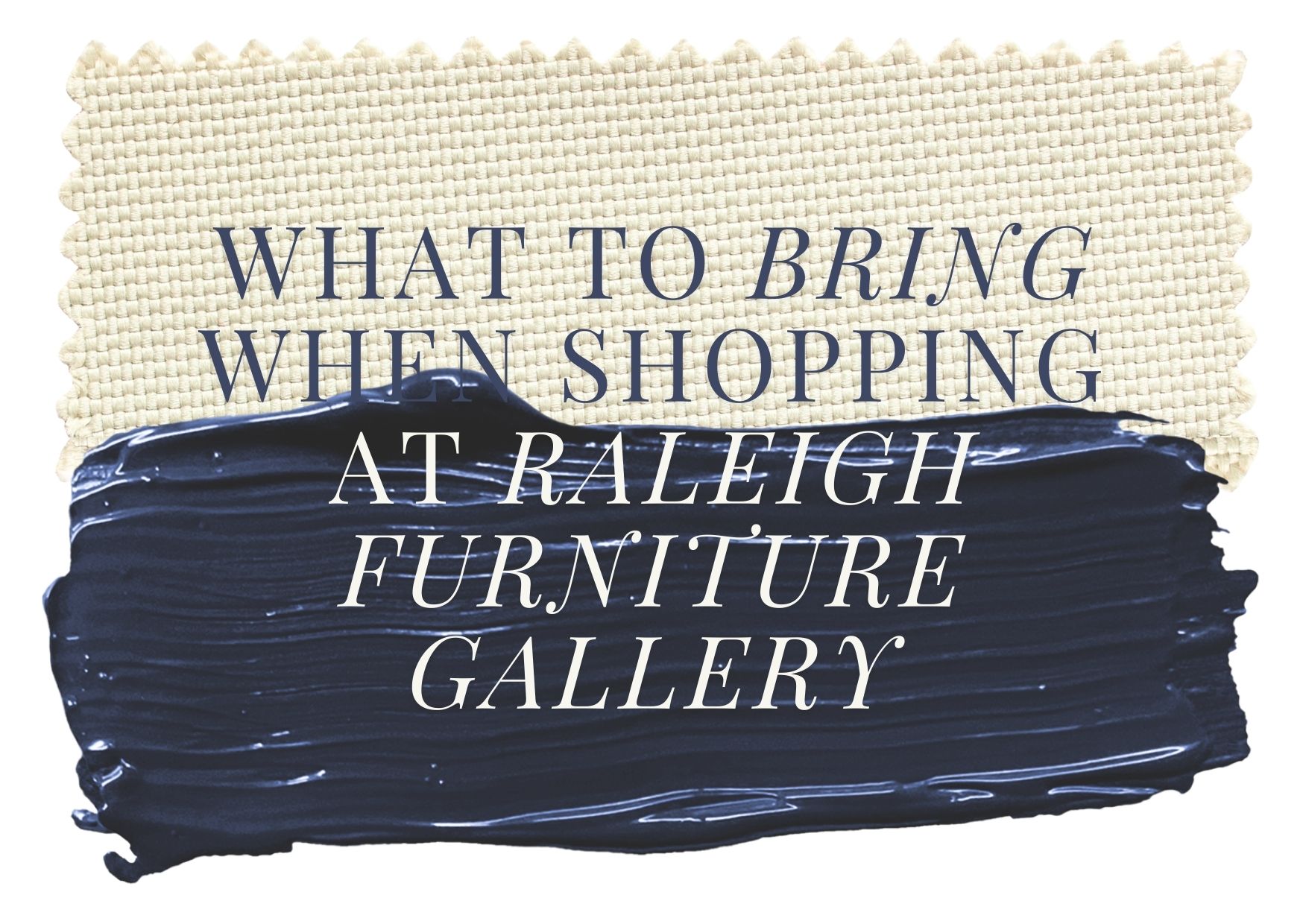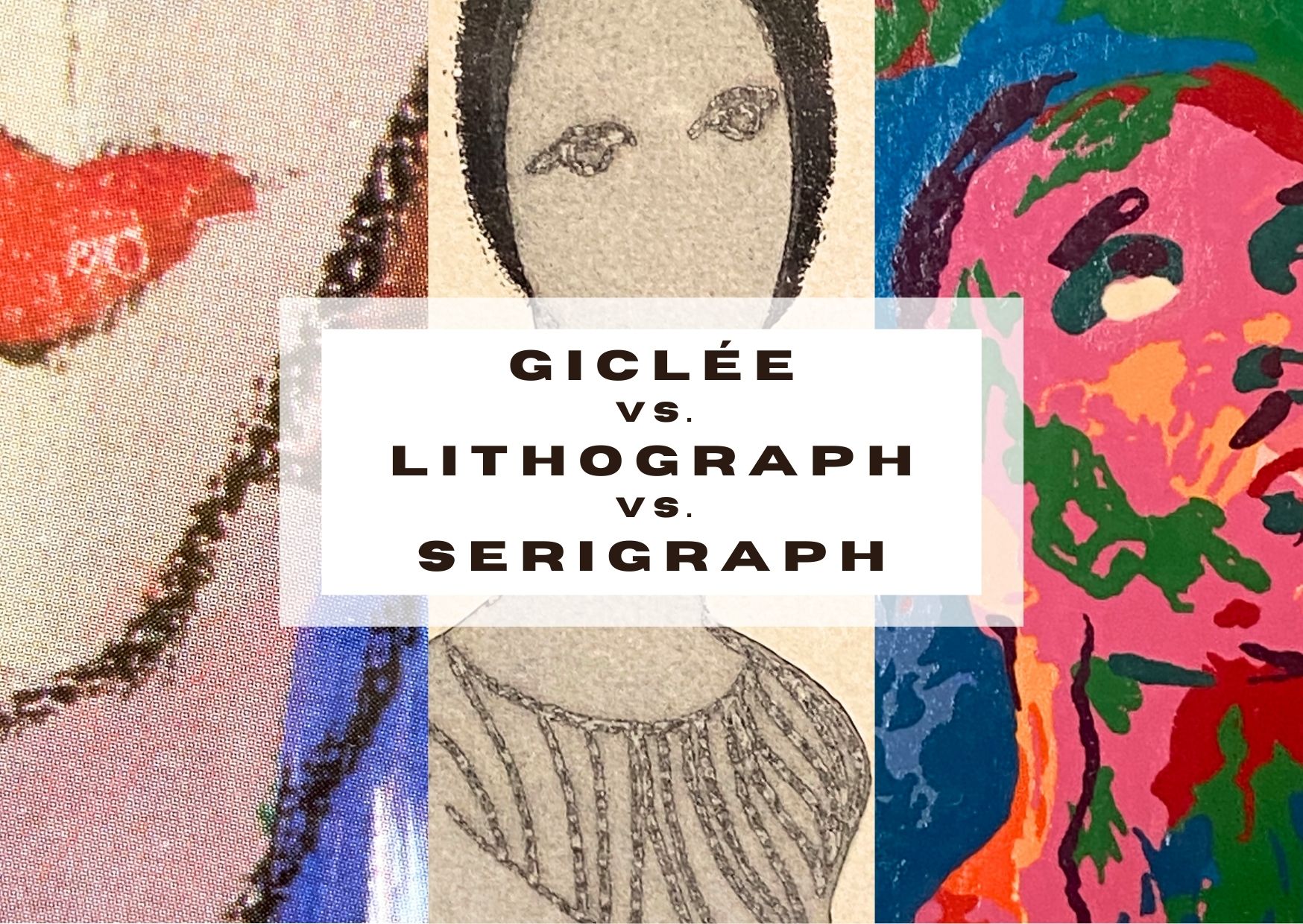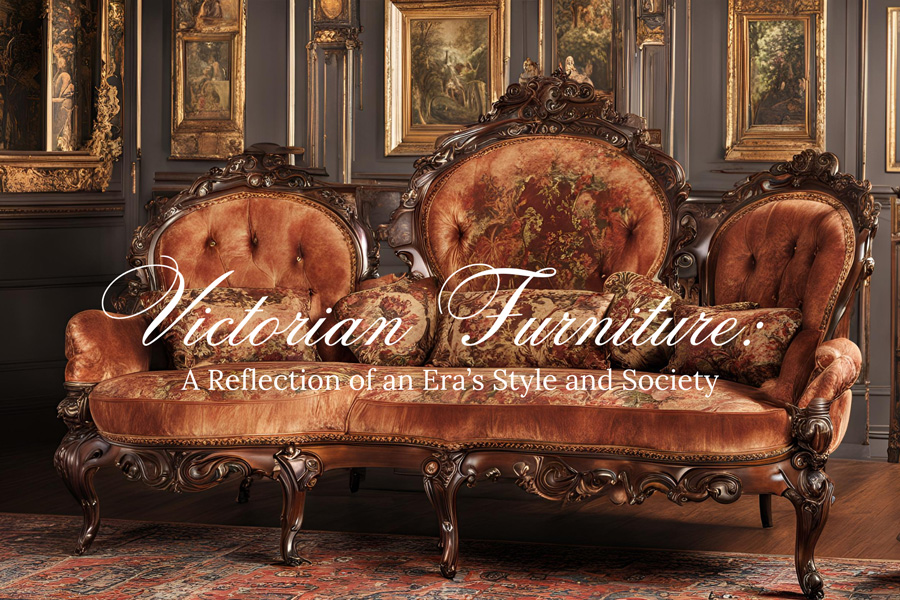Crafting Beauty: The Techniques of Etched and Cut Glass
When it comes to enhancing the beauty of glassware and decorative pieces, etched glass and cut glass each offer unique benefits that can elevate the aesthetics of any item. Both techniques involve intricate craftsmanship, but they achieve their stunning effects through different methods and styles.
Etched glass is created through processes such as acid etching and sandblasting, which produce a smooth, matte finish. The acid etching method involves applying acid to the glass surface to create frosted patterns, while sandblasting uses high-pressure sand to achieve similar effects. This technique allows for a wide range of designs, from simple frosted panels to detailed images and patterns. The matte finish of etched glass diffuses light softly, creating an elegant and understated look. It’s perfect for adding a touch of sophistication to decorative items like vases, picture frames, and mirrors.
In contrast, cut glass is known for its dazzling brilliance and intricate patterns. This technique involves physically cutting the glass with a wheel or other tools to create precise facets and designs, which are then polished to enhance their clarity and sparkle. The resulting cuts allow light to refract beautifully, creating a sparkling effect that catches the eye. Cut glass often features geometric patterns, starbursts, and other detailed designs, making it ideal for fine glassware, decorative bowls, and luxury vases.
Ultimately, both etched glass and cut glass showcase the artistry and skill involved in decorative glasswork. Whether you prefer the understated elegance of etched glass or the eye-catching sparkle of cut glass, each technique offers unique benefits that can enhance the beauty and style of your decorative pieces. Choosing the right type of glass depends on your personal aesthetic and the specific look you want to achieve in your home or collection.

